Art History
Twentieth Century
Art critic Roger Fry coins the term Post-Impressionism that is used to describe the work of artists with a freely expressive use of color and form. Soon after the Expressionists become interested in the depiction of emotions and the types of response those same emotions evoke. vibrant colors and a fascination with primitive art are very important. At the same time, artists known as wild beasts are part of a movement called Fauvism.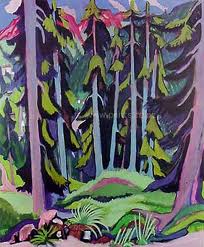 |
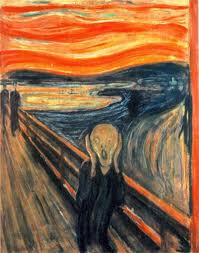 |
 |
| Forest with Brook Ernst Kirchner |
The Scream Edvard Munch |
Grandfathers & Influences Wassily Kanlinsky |
Fauvism was the first major modern art movement of the late 19th and early 20th century and although not a movement of longstanding it was a style that was to influence many artists in Europe and throughout the world. The word Fauvism comes from the French word 'fauve' which means 'wild animals’ and indeed this new modern art style was thought a bit wild with its strong vivid colors. Fauvists rejected the soft tone colours of the Impressionists and the dainty stroke applications of the Neo-Impressionists and were in favour of applying bold untouched colours to their canvases in broad rough strokes that on many occasions would distort their subject. The principles of Fauvism permitted the artists the freedom to think outside of the traditional academic structure, and by allowing the artists the luxury of freethinking they were able to create paintings of interpretations instead of an imitation of the actual subject matter. Henri Matisse was the founding father of Fauvism.
Art works of Henri Matisse
 |
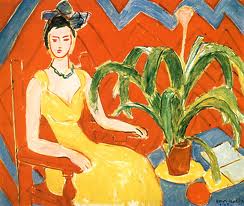 |
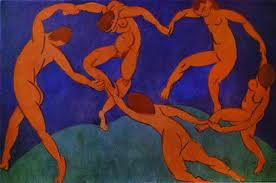 |
| Blue Nude |
Michaela |
The Dance |
Two unique landscape painters, John Constable and J. M. W. Turner, charted the direction that art was to take in England.
John Constable tried to create a feeling of the momentary, a glimpse of nature at a particular moment. For this reason he focused attention on color, light, and atmosphere. For Constable, the sky with its moving clouds was the focal point of any landscape. Working outdoors, Constable completed countless sketches of the English countryside which were the basis for his large, six-foot wide paintings.
Art works of John Constable
 |
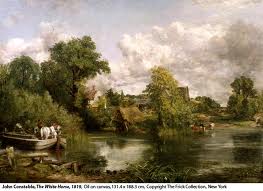 |
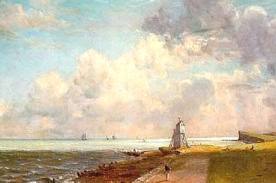 |
| Hadleigh Castle |
The White Horse |
Harwich Lighthouse |
Joseph Mallord William Turner is regarded as one of the most original landscape painters. Like Constable, he was fascinated by light and atmosphere. But he combined this fascination with an active imagination. In his paintings, the forms seem to dissolve in the golden glow of light.On his many travels, Turner filled sketch - books with studies of every kind. Space and light dominate in his pencil drawing of the Scottish highlands In this drawing you can see the barest hint of a landscape beyond the darker figures of herdsmen and their livestock.
Art Works of Joseph William Turner
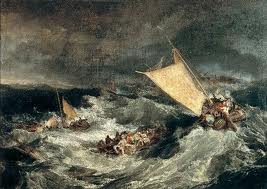 |
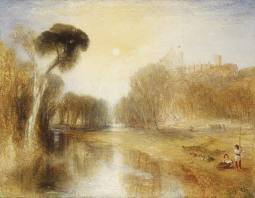 |
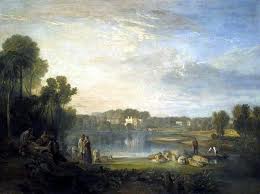 |
| Shipwreck |
Rosenau |
Popes Villa |
By the close of the nineteenth century, the United States had become a world leader. The country’s change and growth were reflected in American art. The art of this period is best represented by the works of three artists— Winslow Homer, Albert Pinkham Ryder, and Thomas Eakins.
Homer’s work reflects his lifelong affection for saltwater, ships, and sailors. He was largely self-taught and worked for many years as a lithographer before directing his energies to serious painting. Often his pictures show man opposing the powerful forces of nature.
Art works of Winslow Homer
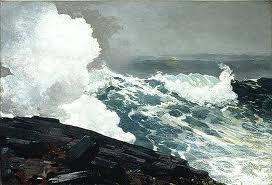 |
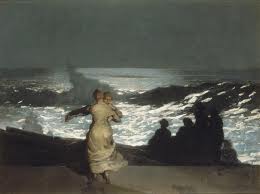 |
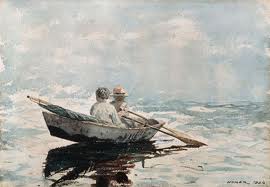 |
| Northeaster |
Summer Night |
Rowboat |
Albert Pinkham Ryder’s small paintings show that he ignored technique. He layered on paint to thicknesses of one-quarter inch and often returned to work on a picture while it was still wet. As a result, his paintings have cracked and faded with age. Even so, Ryder achieved a position as one of the dominant American painters. His imaginary subjects were painted in a simple style using large areas of color and texture.
Art Work of Albert Pinkham Ryder
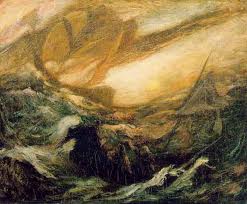 |
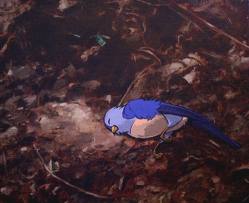 |
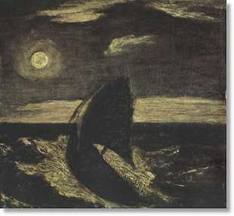 |
| Flying Dutchman |
Dead Bird |
Toilers of the Sea |
Thomas Eakins valued precision and accuracy so much that when he was painting a crucifixion he strapped a friend to a cross for a model. When drawing or painting a surgical operation, Eakins didn’t try to soften the impact of the scene. Works showing such harsh subjects in such startling detail were often excluded from exhibitions.
Art Works of Thomas Eakins
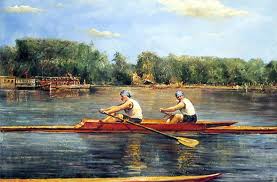 |
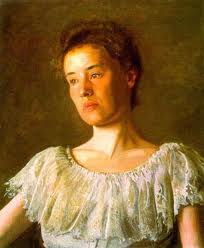 |
 |
| Biglin Brothers Racing |
Alice Kurtz Eakins |
Surgery |
Pablo Picasso and George Braque come together to create Cubism. Images on canvas are reduced to cube-like shapes and 'flimsy sculpture' or collages appear.
Art works of Pablo Picasso
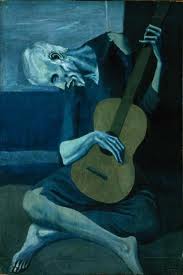 |
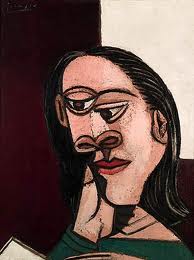 |
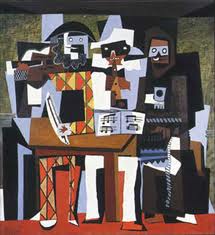 |
| Guitar Player |
Dora Maar |
Three Musicans |
Art works of George Braque
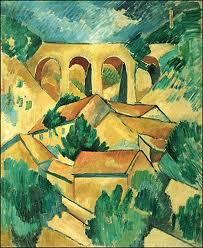 |
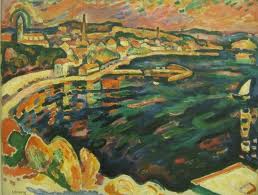 |
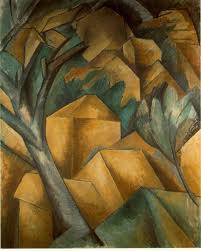 |
| Viaduct |
Harbour |
Housesle |
The story of the Group of Seven Artists began in the early 1900s when several Canadian Artists began noticing a similarity in style. Around 1912 a loosely knit group of artists began to paint Canada as they saw it. Sketch boxes in tow, they journeyed all over the country to paint the wilderness with bold colors and a broad, decorative style. Despite the death of mentor Tom Thomson in 1917, these painters banded together as the Group of Seven in 1920 to forge a new Canadian expression. Their vision shaped how Canadians saw their own country and left a legacy that continues to provoke debate and discussion. In 1920, the group put on their first exhibit and formerly called themselves the Group of Seven. The artists included were J.E.H. MacDonald, Franklin Carmichael, Frank Johnston, Arthur Lismer, Lawren S. Harris, Frederick Varley and A.Y. Jackson. They are historically recognized as the first group of European descent to capture the feel of the Arctic on canvas.
Art Works of the Group of Seven
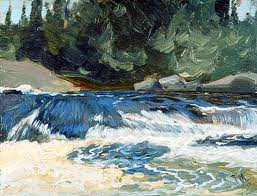 |
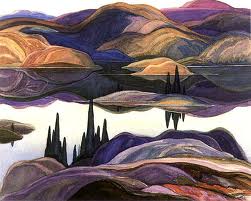 |
 |
| Spring Rapids J.E.H. MacDonald |
Mirror Lake Franklin Carmichael |
Winter Frank Johnston |
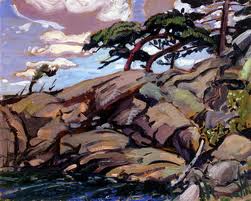 |
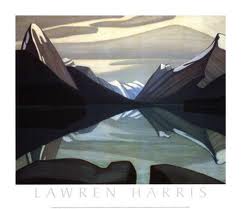 |
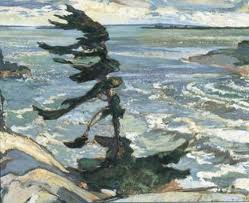 |
| Moon River Arthur Lismer |
Maligne Lake Lawren S. Harris |
Stormy Weather Frederick Varley |
 |
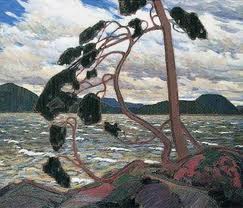 |
Tom Thomson died before the formation of the Group, but often included as an Original Member |
| Red Maple A.Y. Jackson |
West Wind Tom Thomson |
A French word meaning hobbyhorse is the nonsensical name given to a nonsensical movement called Dada. everyday objects like urinals, are signed and called art.
Art Works of the Dada Movement
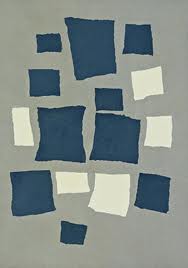 |
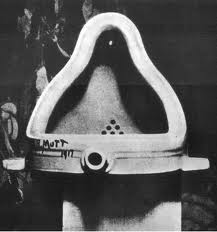 |
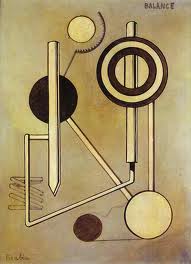 |
| ?? Jean Arp |
Balance Francis Picabia |
An influential German school of design headed up by architect Walter Gropius, the Bauhaus applied some of the concepts of cubism to architecture and art. In North America, an unprecedented outburst of creative activity among African Americans occurs.
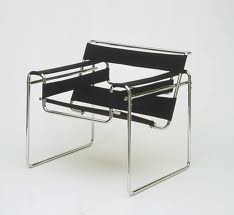 |
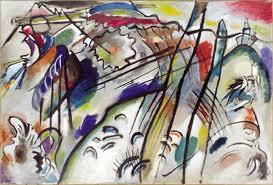 |
 |
Dreamlike states make way for Surrealism as artists share an upbeat fascination with the strange. Watches melt, apples replace heads and fun is had by all. Salvador Dali made important contributions.
Art works of Salvador Dali
 |
 |
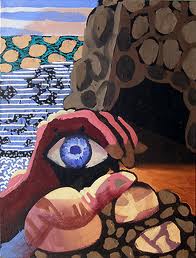 |
| Persistence of Memory |
Soft Construction |
Eye |
Beginning in New York city, abstract Expressionism marks the end of recognizable subject matter. Self-discovery and the sense that one can do or say anything is what life is all about as the artistic center of the wold shifts from Paris to New York. Drip paintings and canvases covered with just one color are a common sight.
 |
 |
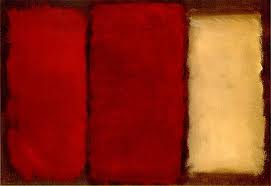 |
| Willem de Kooning |
Jackson Pollock |
Mark Rothko |
Optical illusions appear in art galleries as Op Art takes a bow. Meanwhile, image of popular culture show up here, there, and everywhere as Pop Art turns heads.
Op Art
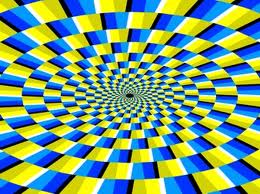 |
 |
 |
Pop Art - Andy Warhol
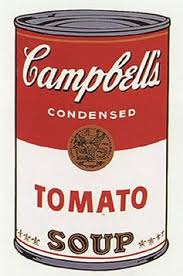 |
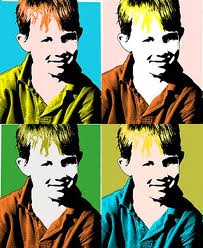 |
 |
After all the hoopla, Minimalism is the way to go. Art is reduced to the simplest of elements and what you see is what you get.
 |
 |
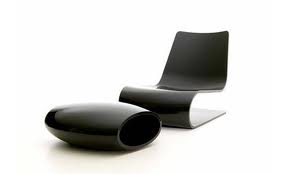 |
Artists experiment with various concepts including wrapping things up with fabric, tinkering on computers and dancing their way through art shows. shock value becomes more and more important as creative souls wait to see who will start the next art movement.